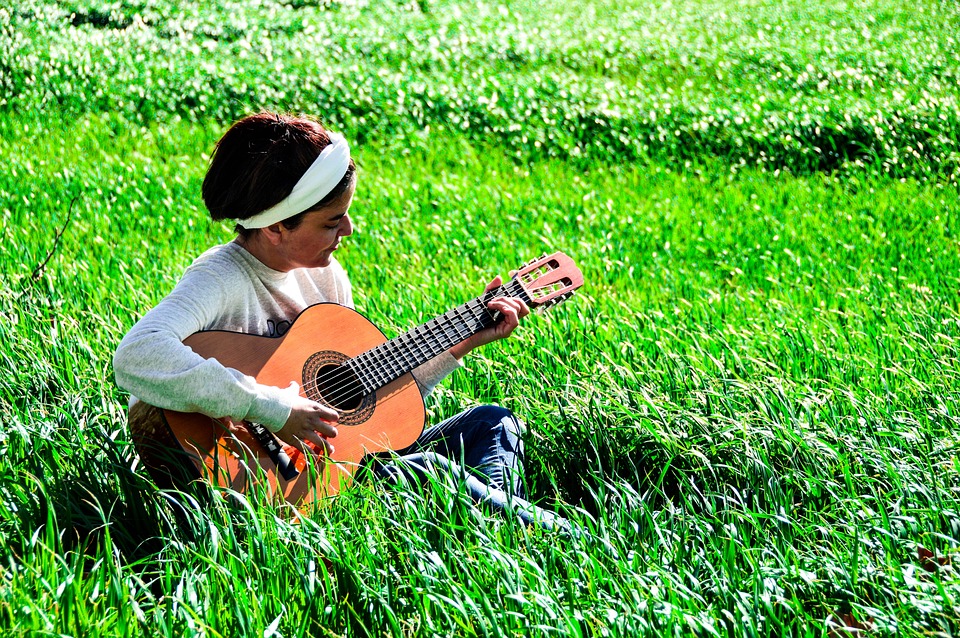Introduction
Santiago de Compostela, located in the northwestern region of Spain known as Galicia, is a city with a rich history, cultural significance, and breathtaking beauty. It is renowned for being the final destination of the famous Camino de Santiago pilgrimage, attracting thousands of pilgrims each year. However, Santiago de Compostela has much more to offer than just religious tourism. With its charming old town, vibrant culinary scene, and natural surroundings, this city is the perfect blend of tradition and modernity.
The Historic Old Town
At the heart of Santiago de Compostela lies its historic old town, a UNESCO World Heritage site. Walking through its narrow medieval streets, you’ll be surrounded by stunning architecture, including the iconic Santiago de Compostela Cathedral. The cathedral, with its magnificent Baroque façade and Romanesque towers, is a must-visit. Explore the Praza do Obradoiro, the main square in front of the cathedral, where visitors can witness the impressive sight of pilgrims arriving after the completion of their journey.
Culinary Delights
Galicia is known for its fresh seafood and exceptional traditional cuisine, and Santiago de Compostela is no exception. Indulge in local Galician dishes such as pulpo a la gallega (octopus), empanada (a savory pie), and lacón con grelos (pork with turnip greens). Explore the vibrant Mercado de Abastos, a bustling food market where you can find a wide array of local produce, seafood, and regional specialties. Don’t forget to try the local wine, Albariño, known for its crisp and fruity flavors.
Cultural Events and Festivals
Santiago de Compostela is a hub of cultural events and festivals throughout the year. One of the most important events is the Feast of St. James, celebrated on July 25th, attracting pilgrims and locals alike. The city comes alive with music, dance, processions, and fireworks, creating a vibrant and festive atmosphere. Other notable events include the Holy Week processions, the Festival of San Froilán in October, and the Galician International Film Festival held annually.
Natural Surroundings
Surrounded by lush green landscapes and rolling hills, Santiago de Compostela offers numerous opportunities for outdoor enthusiasts. Explore the Monte do Gozo, a park located just outside the city, which offers stunning panoramic views of the city and the Cathedral. Take a peaceful stroll along the banks of the Sar River or hike through the nearby Fragas do Eume Natural Park. For those seeking a coastal getaway, the beautiful Galician coastline is just a short drive away, with picturesque villages and pristine beaches waiting to be discovered.
Getting There and Around
Santiago de Compostela is well-connected to the rest of Spain and Europe. The city has an international airport, providing easy access for visitors from all over the world. It is also a major transportation hub, with regular train and bus connections to cities like Madrid and Barcelona. Once in the city, you can easily explore its main attractions on foot, as the old town is compact and pedestrian-friendly. Public transportation, including buses and taxis, is widely available for further exploration.
FAQs
Q: When is the best time to visit Santiago de Compostela?
A: The best time to visit Santiago de Compostela is during the summer months, from June to September, when the weather is warm and the city is bustling with cultural events and festivals. However, be aware that it can get crowded during this time due to the popularity of the Camino de Santiago pilgrimage. Spring and fall are also great seasons to visit, offering pleasant temperatures and fewer crowds.
Q: How long does it take to complete the Camino de Santiago?
A: The length of the Camino de Santiago depends on the starting point and the chosen route. The most popular route, the Camino Francés, takes approximately 30 to 35 days to complete on foot. However, many pilgrims choose to walk sections of the route or opt for shorter routes, which can take anywhere from a few days to a couple of weeks. Cycling and horse-riding are also popular ways to complete the Camino and can be completed in less time.
Q: Are there accommodation options for pilgrims in Santiago de Compostela?
A: Yes, Santiago de Compostela offers a wide range of accommodation options for pilgrims, from traditional albergues (hostels) to hotels and guesthouses. There are also specific pilgrim hostels, known as “pensions,” which offer affordable accommodation for those completing the Camino. It is recommended to book accommodation in advance, especially during the peak pilgrimage season.
Q: Are there alternative ways to reach Santiago de Compostela?
A: While walking the Camino de Santiago is the traditional way to reach Santiago de Compostela, there are alternative transportation options available. You can choose to cycle, take a bus, or drive to the city. There are also train connections from major Spanish cities, such as Madrid and Barcelona, making it easily accessible for those who prefer not to walk the entire pilgrimage.
Q: What are some other attractions near Santiago de Compostela?
A: Santiago de Compostela is surrounded by numerous attractions worth exploring. Visit the coastal town of Finisterre, known as “the end of the world,” and witness breathtaking sunsets over the Atlantic Ocean. Explore the charming city of A Coruña, located just an hour away by train, with its beautiful beaches and modernist architecture. The Rías Baixas region, famous for its wine production, is also within driving distance and offers picturesque landscapes and vineyard tours.

